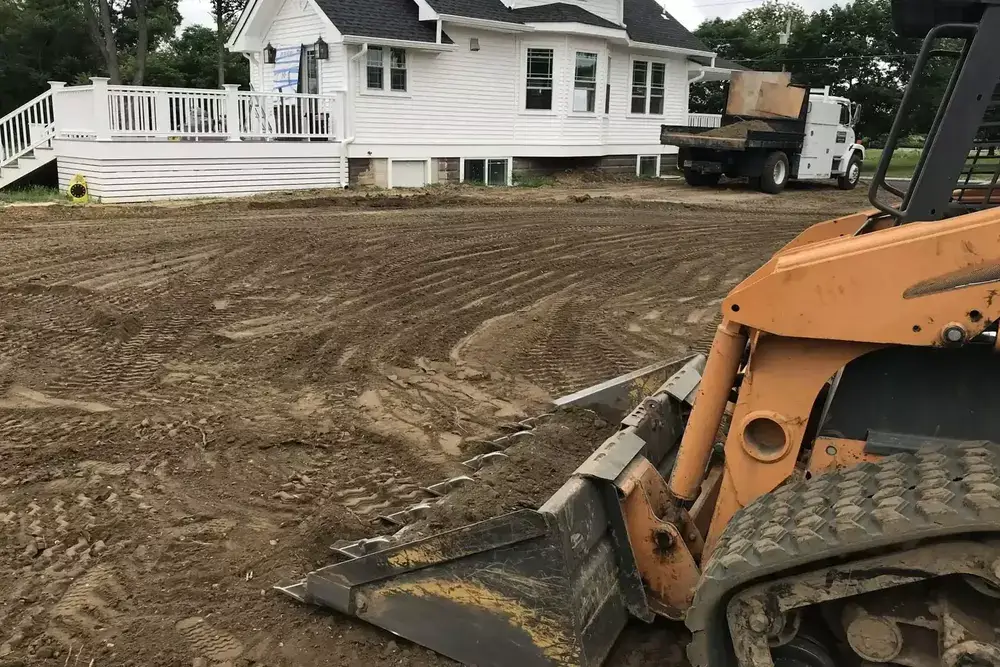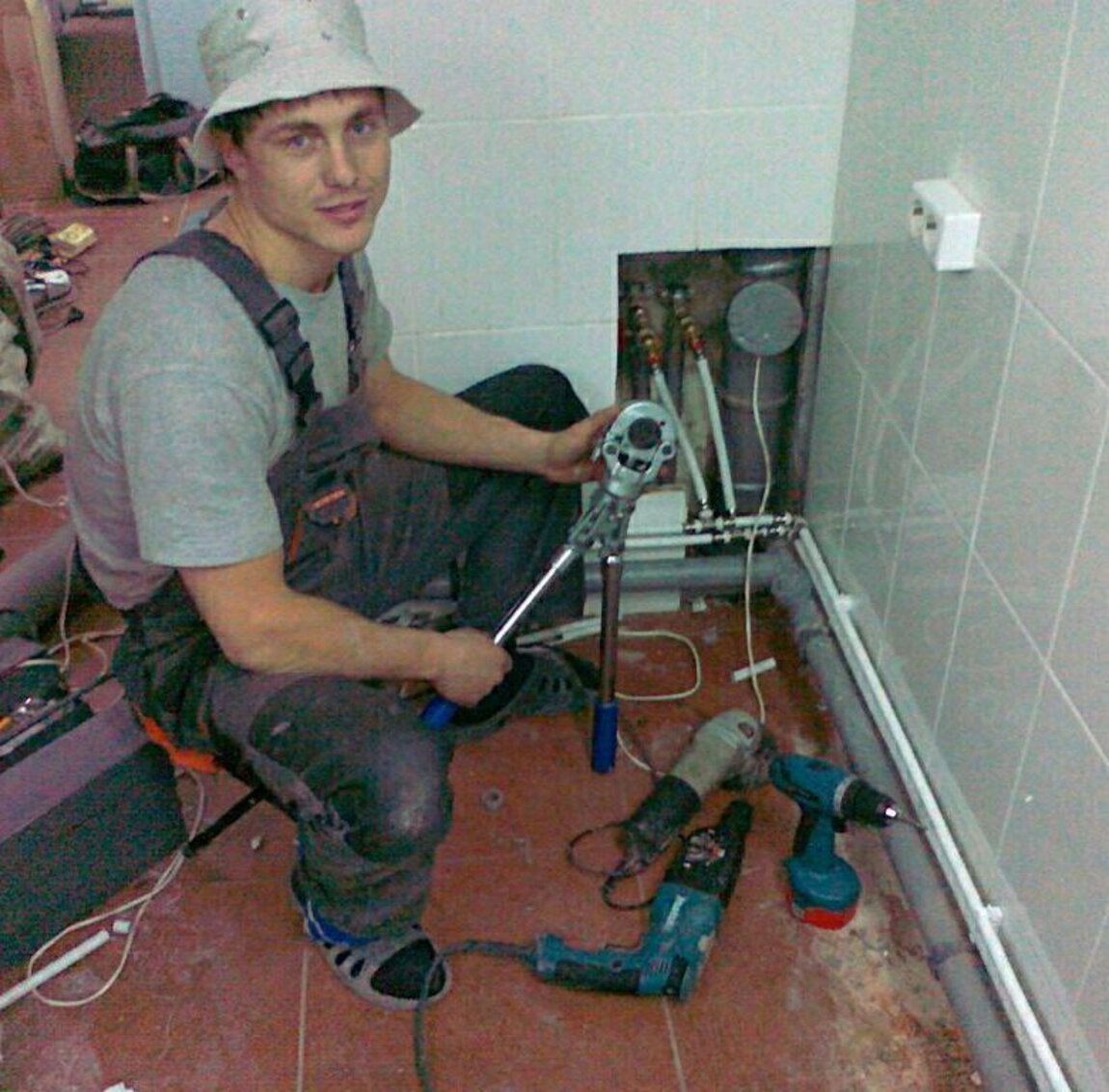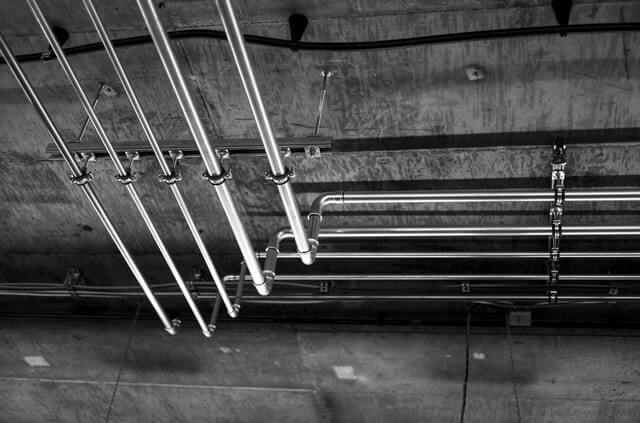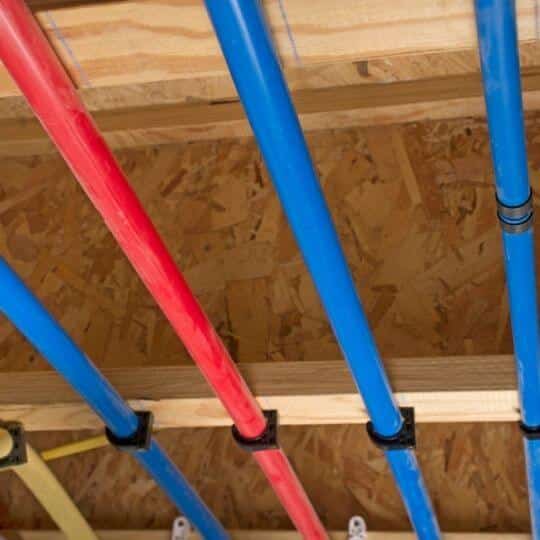Are you familiar with sump pump alternatives?
A sump pump is a common option for house owners looking for drainage because it is mostly used as a remedy for those with flooding-prone basements. Your basement usually contains a sump pump that removes any accumulated water.
The pump is housed in a basin (sump pit) scooped out of the ground. The pump has valves that determine the water level and pressure. The pump will turn on and start working automatically if the water level rises too high. A discharge line directs the extra water into the drainage area.
While sump pumps are an efficient way to prevent water from gathering in your basement, they’re not always the best or only choice for a house. They have some drawbacks that may lead some homeowners to search for alternatives.
In the course of its lengthy lifespan, maintenance, and repair of the sump pump might be expensive.
Several factors, such as clogs, power outages, overworking, and defective parts, might cause a sump pump to malfunction. A sump pump is also not able to prevent water from entering your home. Rather, it is a fix for a flooded home.
Sump Pump Alternatives

There are several methods of keeping water out of your basement and away from your house. This safeguard not only your house but also your yard and the nearby property. The most common sump pump alternatives are discussed below.
- French Drains
French drains are a typical alternative to sump pumps. These drains are made of a trench and a sloping pipe. This concealed pipe transports water from particularly wet locations to the designated draining spot. [1]
French drains passively channel wastewater away from the house as its level rises, rather than aggressively pumping water from the basin. This means that you don’t need a sump pump.
French drains are discreet and efficient when it comes to diverting water away from your home. Unlike sump pumps, French drains don’t need an electrical connection or regular maintenance.
Although French drains are a wonderful way to get rid of water, they can’t prevent all of it from getting into your basement in the first place. A portable sump pump is therefore necessary for places with high water flow.
- Waterproofing
Proper wall waterproofing is crucial for keeping water out of your house. There is a possibility that the caulking on your walls is obsolete, broken, damaged, or installed incorrectly, depending on how old your house is. [2]
By caulking the cracks in the walls, you can stop the water from seeping into the basement, and therefore avoid installing a sump pump. However, this method of protecting your basements from damage is not particularly effective.
Even if you are successful in keeping water out of your basement, water will still accumulate around the foundation of your home. And this will eventually weaken the overall structure of the building. Unfortunately, people continue to utilize this substitute because it is far less expensive.
- Gutters
Installing and enhancing house gutters will also help you avoid using sump pumps. The use of gutters is a very popular substitute, particularly in underdeveloped nations. Gutters are normally installed during the building process. And they need to be maintained to prevent overflowing. [3]
Although this technique does not drain or stop water from penetrating your basement, it can be used to push rainwater sufficiently far from your home so that it drains to a different site.
If your house already has gutters, consider the last time you cleaned them. With time, leaves, roof debris, dirt, and other objects may clog gutters. It is therefore recommended to include gutter cleaning in your yearly maintenance schedule.
However, these gutters are not very effective at keeping water out of your basement. During periods of intense rainfall, they are less likely to keep the basement dry.
- Portable Utility Pumps
Portable Utility pumps are similar to sump pumps but do not have a separate sump basin. They are more efficient than the other options and less expensive than a typical sump pump.
A utility pump is best suited for locations that only flood occasionally. This means that the utility pump is not as strong as the sump counterpart. However, they still do an excellent job of keeping your basement dry when it rains a lot.
Make sure to bring the portable pump into the house once the job is over because it can rust if it’s left outside for very long.
Before buying any pump, it’s wise to seek professional advice to make sure it will work for your particular needs. All pumps must also be properly maintained and tested frequently to guarantee that they work when they are needed to.
- Yard Grading
Grading, which simply means sloping the ground, has much to do with the house’s landscape. A sloping gradient to the house landscape is desirable because it automatically drains the water down the slope, into the drains, and away from the home.
It’s one of the best alternatives to a sump pump. This is because if the ground is slanted away from the house, it won’t allow water to collect in the basements, thus negating the need for a sump pump. [4]
You might also grade other yard areas to reduce erosion and enhance plant development conditions. Although altering the shape of your yard could seem like a big job, the right team can complete it swiftly and effectively.
This method, however, might prove ineffectual in regions that get frequent heavy rain. Sloping may eventually lead to settling or erosion, so it’s not usually a long-term fix. A sump pump, on the other hand, can offer long-term security and peace of mind.
Before selecting the yard grading homeowners should think about speaking with a landscaping expert to arrive at the best solution. A slope and a sump pump may even be required on occasion.
- Landscaping
The use of landscaping can improve drainage while also making your property look more attractive. The diversion of excess water may be facilitated by the planting of trees, bushes, and other vegetation.
Your drainage options will be tailored by a top-notch landscaping crew to fit your site. [5]
- Pedestal Pump
A pedestal pump may also be used in place of a sump pump in areas with limited space, such as a crawl space or basement with low ceilings. These pumps are smaller than submersible sump pumps and sit on the ground.
However, they frequently lack the same amount of power and could require priming before use. Before choosing a sump or pedestal pump, it is crucial to take the size and power requirements for your specific need area into account.
It is crucial to maintain and test the pump frequently. This ensures that your pump functions correctly during periods of intense rain or flooding. This can entail clearing any debris from the pit and pump and inspecting the valves and switches.
You should also test the pump by pouring water into the pit to make sure it activates and drains the water properly. Regular maintenance helps prevent unforeseen pump problems that arise at a crucial moment.
Read Also: Sump Pump Battery Backup Beeping
Conclusion
You should consider it top priority to protect your home and property from flooding. Water can penetrate a building’s structure and result in permanent harm that will cost you a lot of money to repair.
There is no doubt that sump pumps are great at keeping the basement of your home dry and hygienic. However, their high initial cost and ongoing maintenance are a big turn-off. As a result, individuals frequently explore alternatives to sump pumps.
Using a sump pump is not your only option. There are several other alternatives you can consider. For instance, you can utilize a portable utility pump, or put in gutters.
Grading the ground to improve the architecture of your home, putting in French grains, or waterproofing the basement walls are also viable alternatives.
Each of these choices has advantages and disadvantages, and only you can decide which you prefer. The most important thing, though, is to carefully assess your needs and budget restrictions before choosing an option. Nevertheless, portable utility pumps are a suitable alternative due to their superior efficiency and dependability over the other alternatives.
Read Next: How Long Does It Take To Replace a Sump Pump

Michael Davis is a heating & plumbing expert who currently works as independent contractor in SC. He also writes for Plumbertip.
For almost 10 years he worked on various plumbing tasks across South Carolina.


